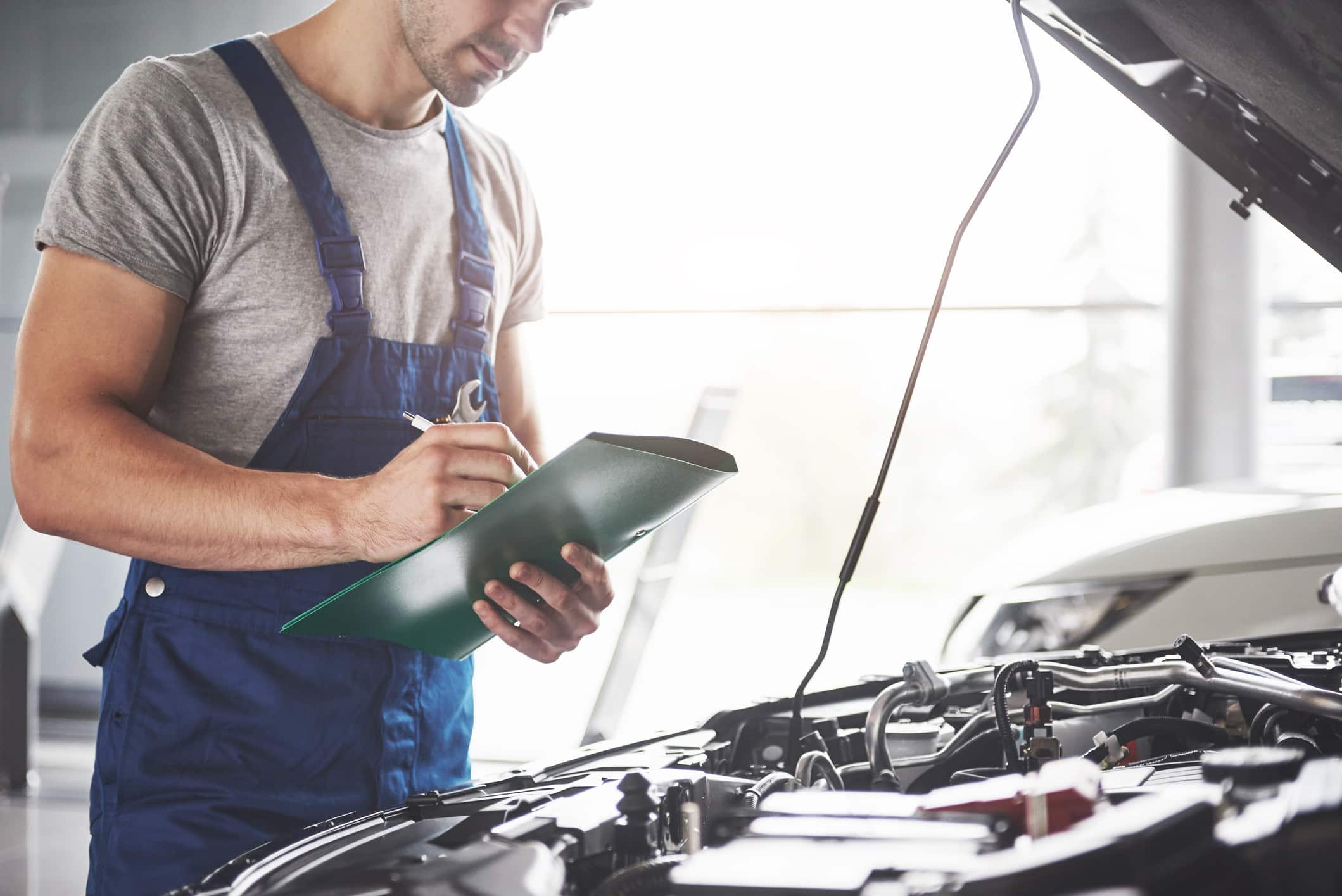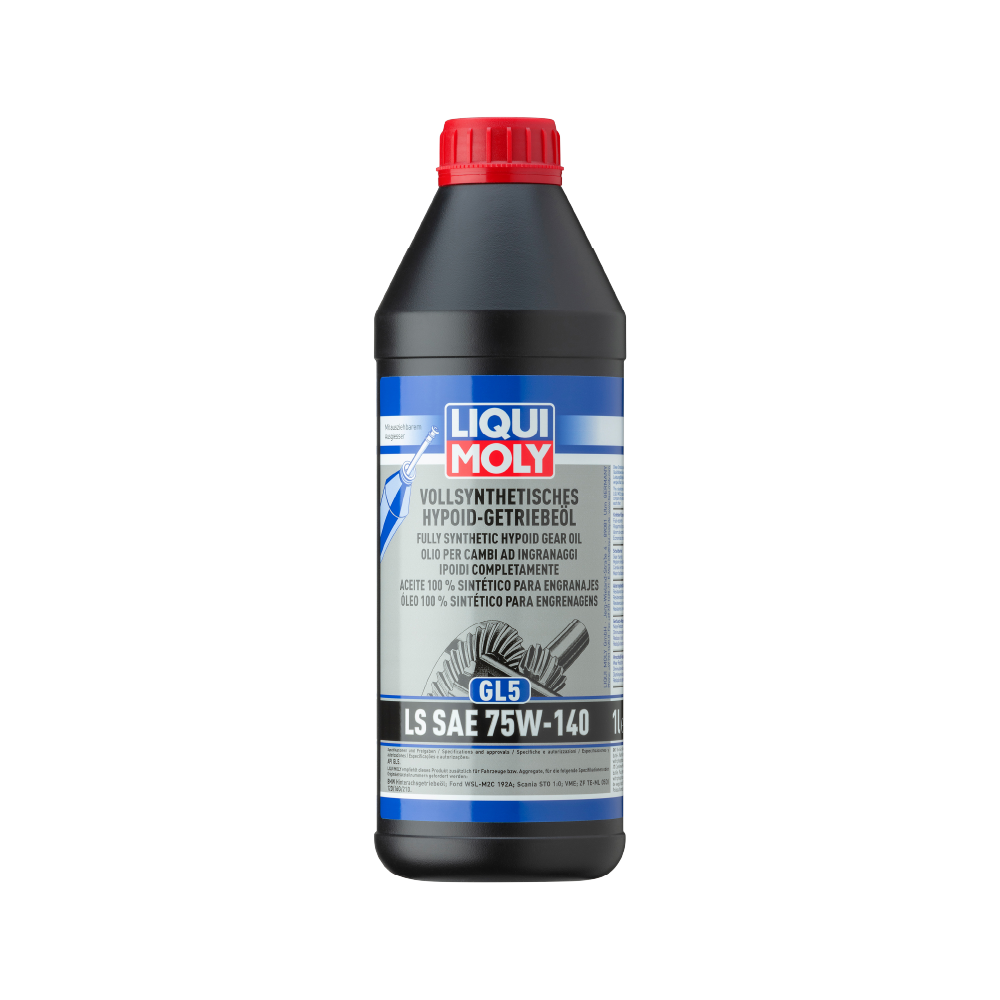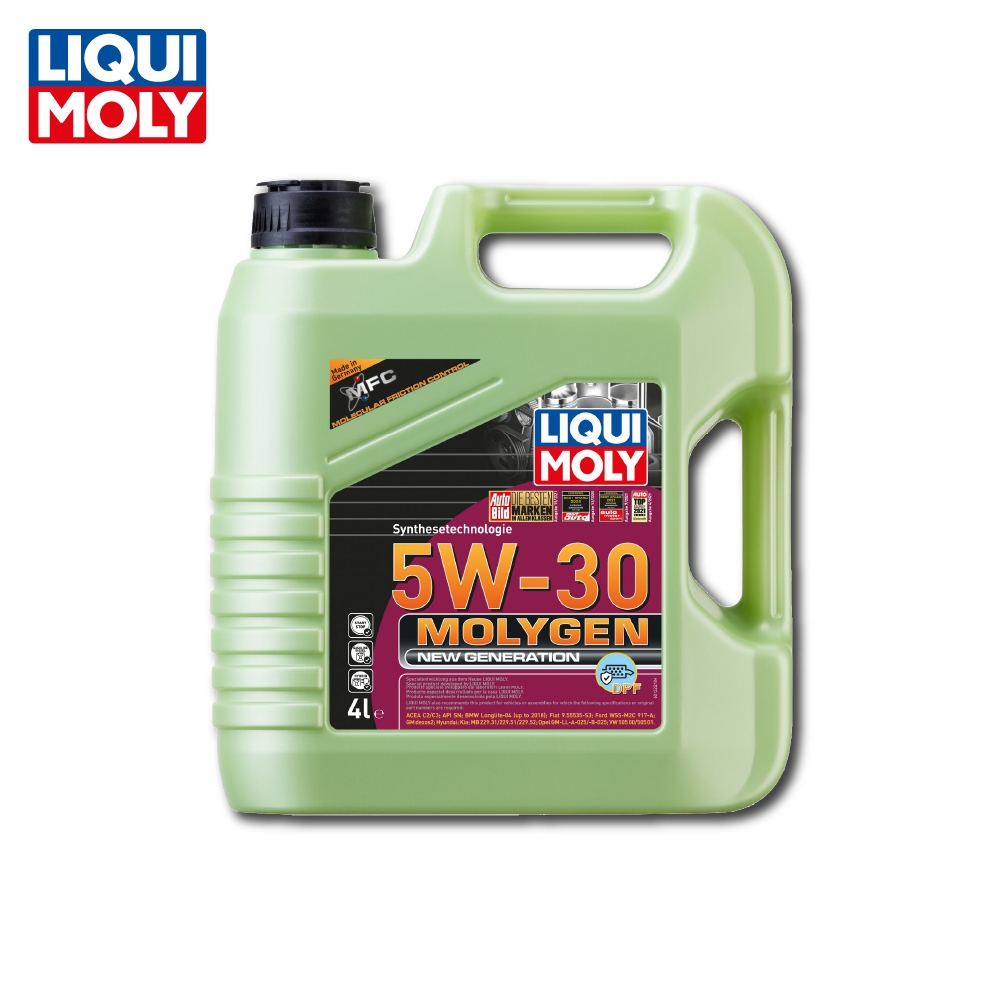Few things cause as much anxiety for vehicle owners as the looming MOT test. Ensuring your vehicle is in top shape and ready to pass its MOT on the first attempt is crucial, not just for your peace of mind, but also for the safety of you and other road users. In this comprehensive guide, we’ll walk you through every aspect of the MOT test, from understanding the “mot checklist dvla” requirements to conducting essential pre-test checks, and dealing with the results. By the end, you’ll be well-prepared to face the MOT test with confidence.
Shop for the products in this blog
Key Takeaways
Understand MOT Test and DVLA requirements for vehicle preparation
Essential pre-MOT checks include lights, tyres & wheels, brakes & suspension
Prepping for the test includes required documents and choosing a reputable centre
Understanding the MOT Test and DVLA Requirements

The MOT test is a vital part of vehicle ownership in the UK. It’s designed to ensure that all vehicles on the road meet the minimum safety and environmental standards set by the DVLA. Grasping the MOT test’s aim and the DVLA’s function in the procedure is vital for effective vehicle preparation and increasing your likelihood of passing.
Some of the most common MOT failures are related to lights, suspension, and brakes. Recognizing these issues and performing a meticulous pre-MOT inspection can boost your odds of acing the test on your initial try, helping you avoid an MOT fail.
MOT Test Purpose
The primary purpose of the MOT test is to guarantee that vehicles meet the minimum safety and environmental standards, keeping roads safe for all users. The test is due when your vehicle reaches the 3-year mark and covers a wide range of components such as:
Electrical equipment
Steering
Tyres
Suspension
Brakes
Seat belts
Exhaust emissions
It’s essential to be aware of the MOT cost when planning for this mandatory test.
Upon successful completion of the test, you will be issued an MOT certificate, which includes the test date and the due date of your next test. Given the UK’s legal tread depth limit of 1.6mm, it’s vital that your vehicle fulfills this criterion to pass the MOT test.
DVLA’s Role in the MOT Process
The Driver and Vehicle Licensing Agency (DVLA) is responsible for overseeing the MOT testing process, maintaining records, and enforcing compliance with vehicle safety regulations.
Brakes are among the most critical components of a vehicle and are thoroughly inspected during the MOT test to ensure they function properly and efficiently. Other essential components, such as the handbrake, steering, and Anti-lock Brake System (ABS) warning light, are also examined to ensure they meet the required standards.
Essential Pre-MOT Checks
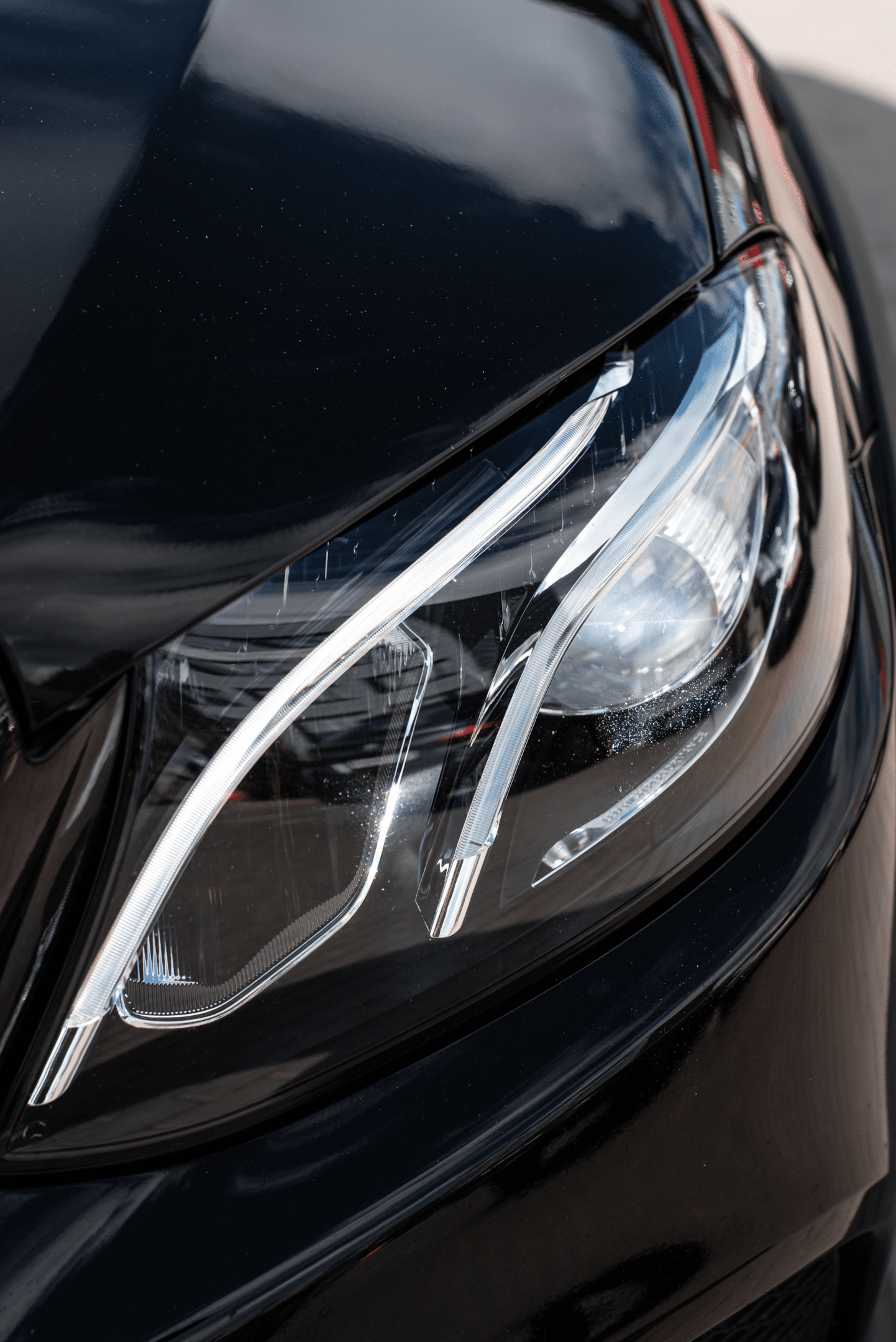
Before subjecting your vehicle to the MOT test, it’s imperative to carry out a pre mot check. These inspections can help you identify and rectify issues that could lead to an MOT failure, saving you time and money in the long run. By following a comprehensive pre-MOT checklist, you’ll be better prepared for the test and more likely to pass on your first attempt.
This section will focus on the critical pre-MOT inspections for lights and indicators, tires and wheels, and brakes and suspension.
Lights and Indicators
One of the most common causes of MOT failures is faulty lighting. To avoid this, ensure that all lights, including headlights, brake lights, and indicators, are functioning correctly and undamaged.

Beyond checking the primary lights, make sure your fog lights, sidelights, and vehicle registration plate lights function as expected. If any lights are not functioning, replace the bulbs or repair any damage before your MOT test to increase your chances of passing.
Tyres and Wheels
Another vital area to examine before your MOT test is the tires and wheels. Inspect the tyre tread depth, ensuring it is at least 1.6mm (the legal minimum) across the central three-quarters of the tyre, around the entire circumference.
In addition, check the tire pressure and adjust it if necessary according to your vehicle’s specifications. Also, inspect the wheels for any damage or misalignment that could affect the vehicle’s handling and safety.
Addressing any issues with your tires and wheels before the test will increase your chances of passing and ensure your vehicle is safe on the road.
Brakes and Suspension
Brakes and suspension are critical components of your vehicle’s safety and must be thoroughly inspected before the MOT test. Here are some things to check:
Examine the brakes for wear and responsiveness
Ensure that the brake pads have adequate material left
Check that the brake pedal feels firm when pressed
Additionally, inspect the suspension for any leaks or damage, such as worn shock absorbers. By addressing any issues with your brakes and suspension before the test, you’ll be better prepared to pass and ensure your vehicle is safe for you and other road users.
Vehicle Exterior and Structure

The exterior and structure of your vehicle play a significant role in your MOT test results. Issues such as rust, corrosion, or sharp edges caused by accident damage can lead to car fails in the MOT test if left unaddressed.
This section will detail the necessary inspections for your vehicle’s exterior, including windows and mirrors, number plates and registration, as well as doors, bonnet, and boot.
Windows and Mirrors
Windows, mirrors, and windscreen wipers are vital for visibility while driving and are examined during the MOT test. Inspect your windscreen for any cracks or chips, as damage larger than 10mm in the driver’s line of vision or 40mm elsewhere on the windscreen will result in a failure, exceeding the legal limit.
Additionally, check that all mirrors are securely attached, free from damage, and adjustable. Ensuring your windows and mirrors are in good condition will help you pass the MOT test and maintain clear visibility on the road.
Number Plates and Registration
Number plates are another crucial aspect of your MOT test. Ensure that both front and rear number plates are clean, legible, and free from cracks. Additionally, confirm that the light above the rear number plate is functioning correctly.
Meeting these requirements will help you pass the MOT test and stay compliant with the law.
Doors, Bonnet, and Boot
Finally, it’s crucial to ensure your vehicle’s doors, bonnet, and boot open and close securely without any damage. The MOT tester will check the functionality of these components during the test, so addressing any issues beforehand can help you avoid a test failure.
Ensuring that your vehicle’s exterior and structure are in good condition will not only increase your chances of passing the MOT test, but also contribute to a safer driving experience.
Interior and Safety Features
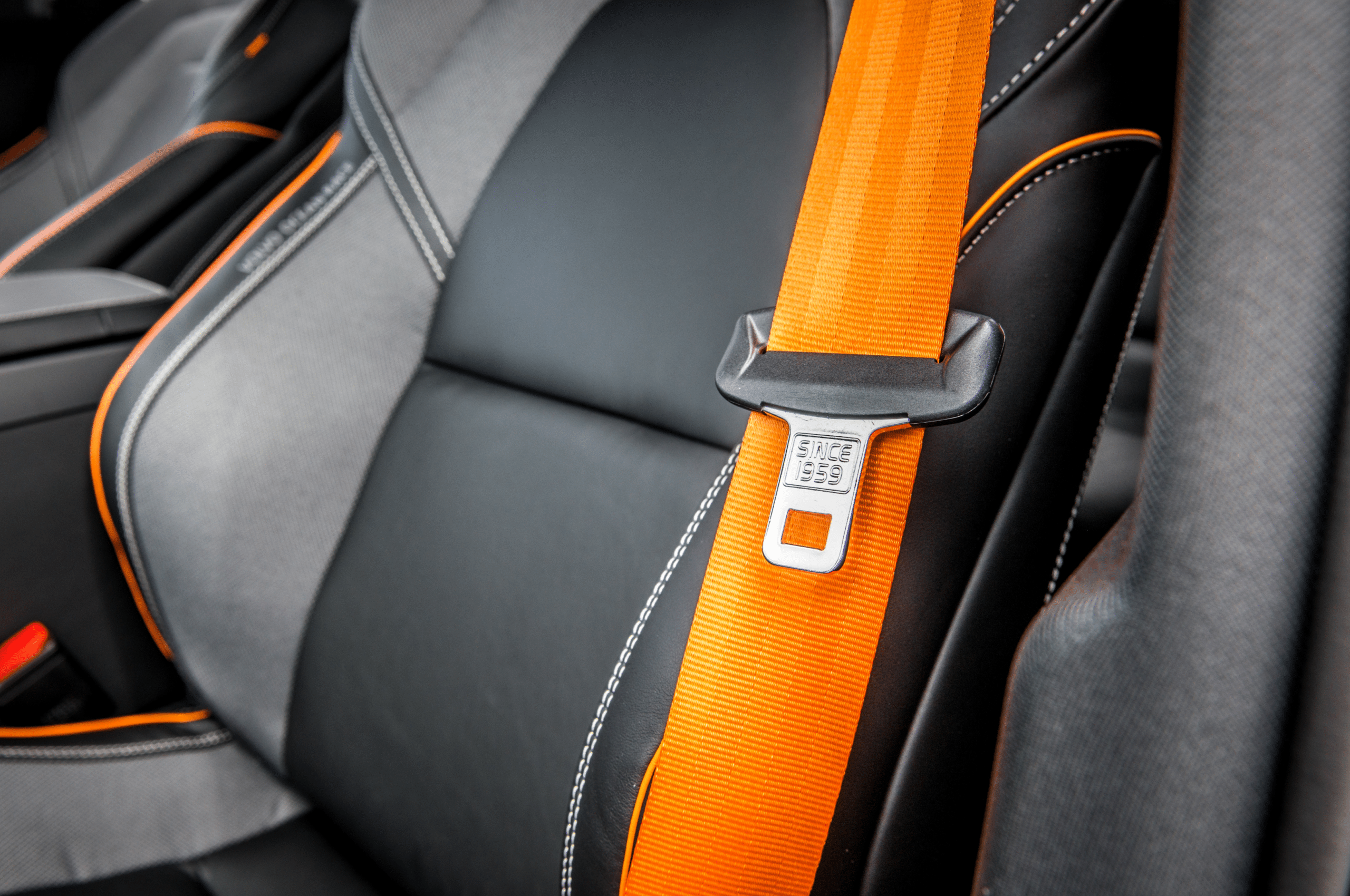
The interior of your vehicle is just as important as the exterior when it comes to the MOT test. Safety features such as seat belts, dashboard warning lights, and the horn all play a role in determining whether your vehicle passes or fails the test.
This section will address necessary inspections for your vehicle’s interior, including seats and seat belts, dashboard warning lights, along with the horn and steering wheel.
Seats and Seatbelts
Seats and seatbelts are crucial safety features in your vehicle, and any issues can lead to an MOT failure. Check that the driver’s seat adjusts forwards and backwards smoothly and that all seatbelts are the correct length and in good working order.
Additionally, give each seatbelt a firm tug to ensure it locks as intended. Addressing any issues with your seats and seatbelts before the test will help you pass and ensure the safety of you and your passengers.
Dashboard Warning Lights
Dashboard warning lights provide essential information about your vehicle’s health and should be functioning correctly for the MOT test. Before the test, ensure that all warning lights are operating properly, and address any issues if necessary.
If you’re unsure about the meaning of any illuminated warning lights, consider booking a diagnostic check to have them assessed by a professional. Properly functioning warning lights not only help you pass the MOT test, but also ensure you’re aware of potential issues with your vehicle.
Horn and Steering Wheel
The horn and steering wheel are essential components of your vehicle and must function correctly to pass the MOT test. Test the horn by giving it a quick honk, ensuring it produces a sound loud enough to be heard by other vehicles.
Additionally, check the steering wheel for responsiveness and security, ensuring it doesn’t have excessive play or feel loose. Addressing any issues with your horn and steering wheel before the test will increase your chances of passing and ensure your vehicle is safe to drive.
Engine, Exhaust, and Emissions

The engine, exhaust, and emissions systems of your vehicle are critical components that contribute to its overall performance and environmental impact. Ensuring these systems are functioning correctly and meet the required standards can help you pass the MOT test and reduce your vehicle’s emissions.
This section will discuss inspections for your vehicle’s engine, exhaust system, and emissions compliance.
Fluid Levels
Checking and topping up fluid levels is an essential part of vehicle maintenance and can help you avoid MOT test failures. Before the test, inspect the levels of:
Engine oil
Coolant
Brake fluid
Screen wash
And top them up if necessary.

Maintaining the proper fluid levels not only helps you pass the MOT test, but also ensures your vehicle runs smoothly and efficiently.
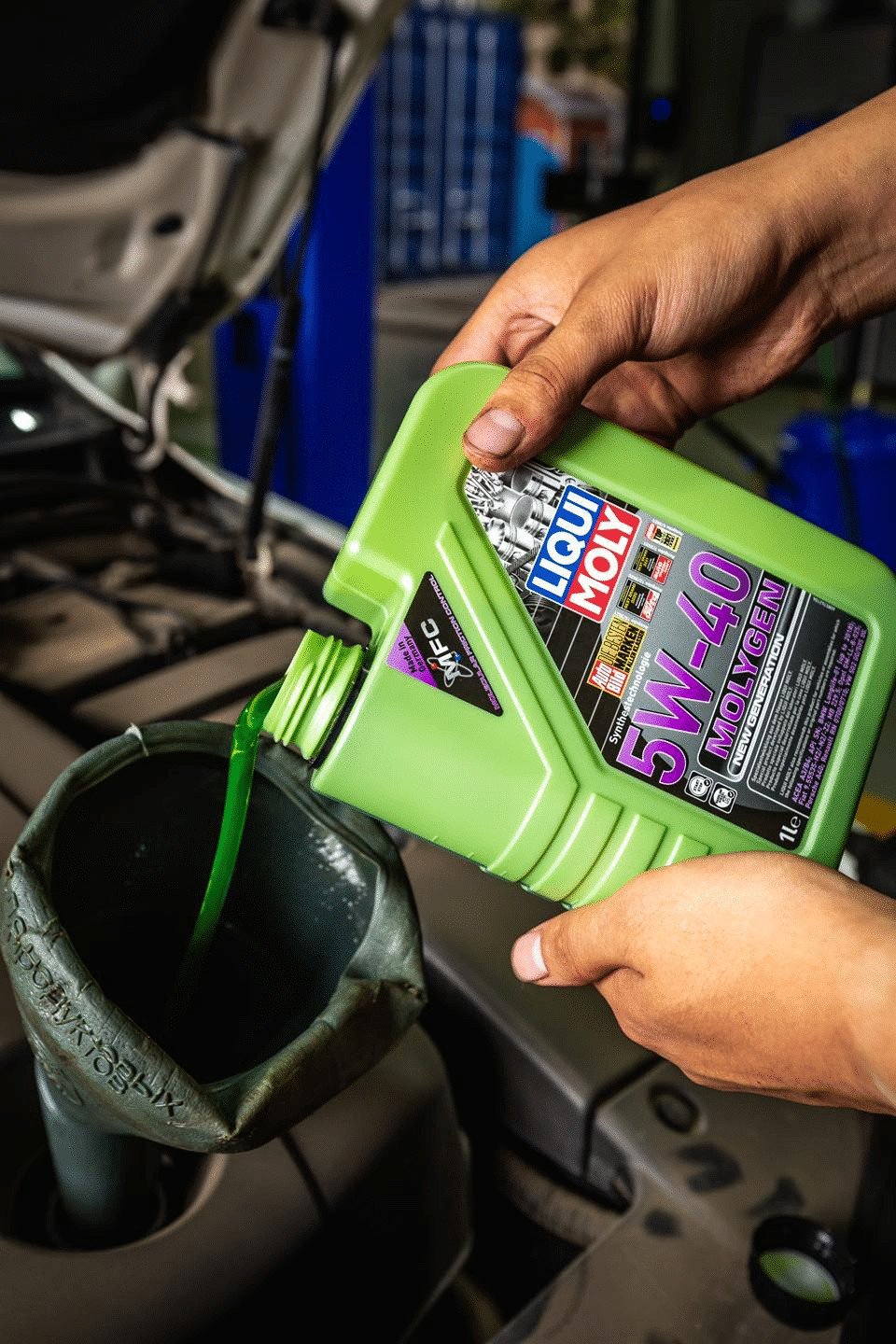
Exhaust System Condition
The condition of your exhaust system plays a significant role in your vehicle’s emissions and overall performance. Before the MOT test, examine the exhaust for leaks, excessive noise, or any other signs of damage.
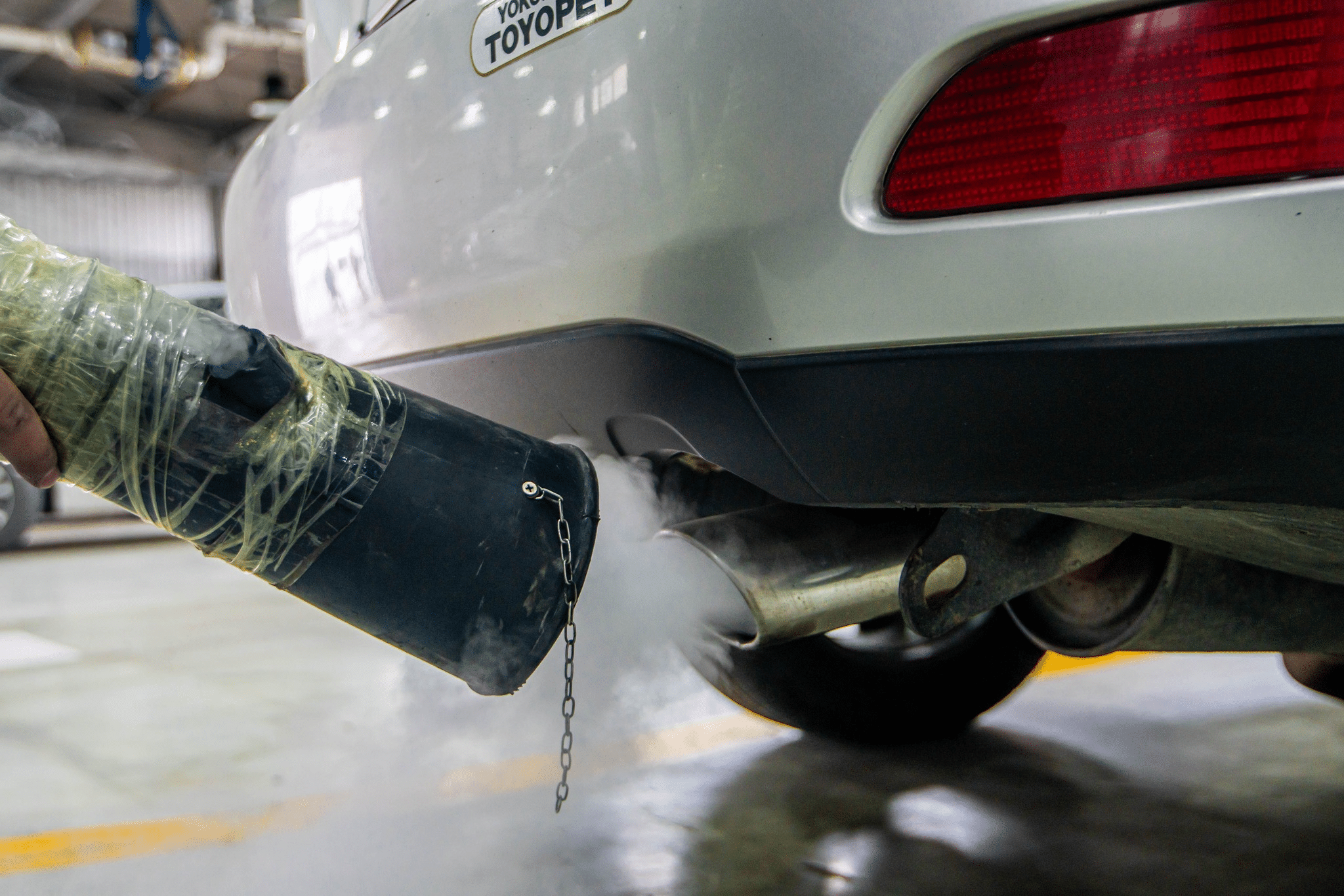
Addressing any issues with your exhaust system before the test can help you pass and reduce your vehicle’s emissions.

Emissions Compliance
Ensuring your vehicle meets emissions standards is crucial for passing the MOT test and minimizing its impact on the environment. To check for emissions compliance, visually inspect the exhaust pipe for any excessive smoke or fumes.
If you notice any issues, consider using fuel additives to lower your vehicle’s emissions before the test. Taking steps to reduce your car’s emissions can help you pass the MOT test and contribute to cleaner air for everyone.
Preparing for the MOT Test Day
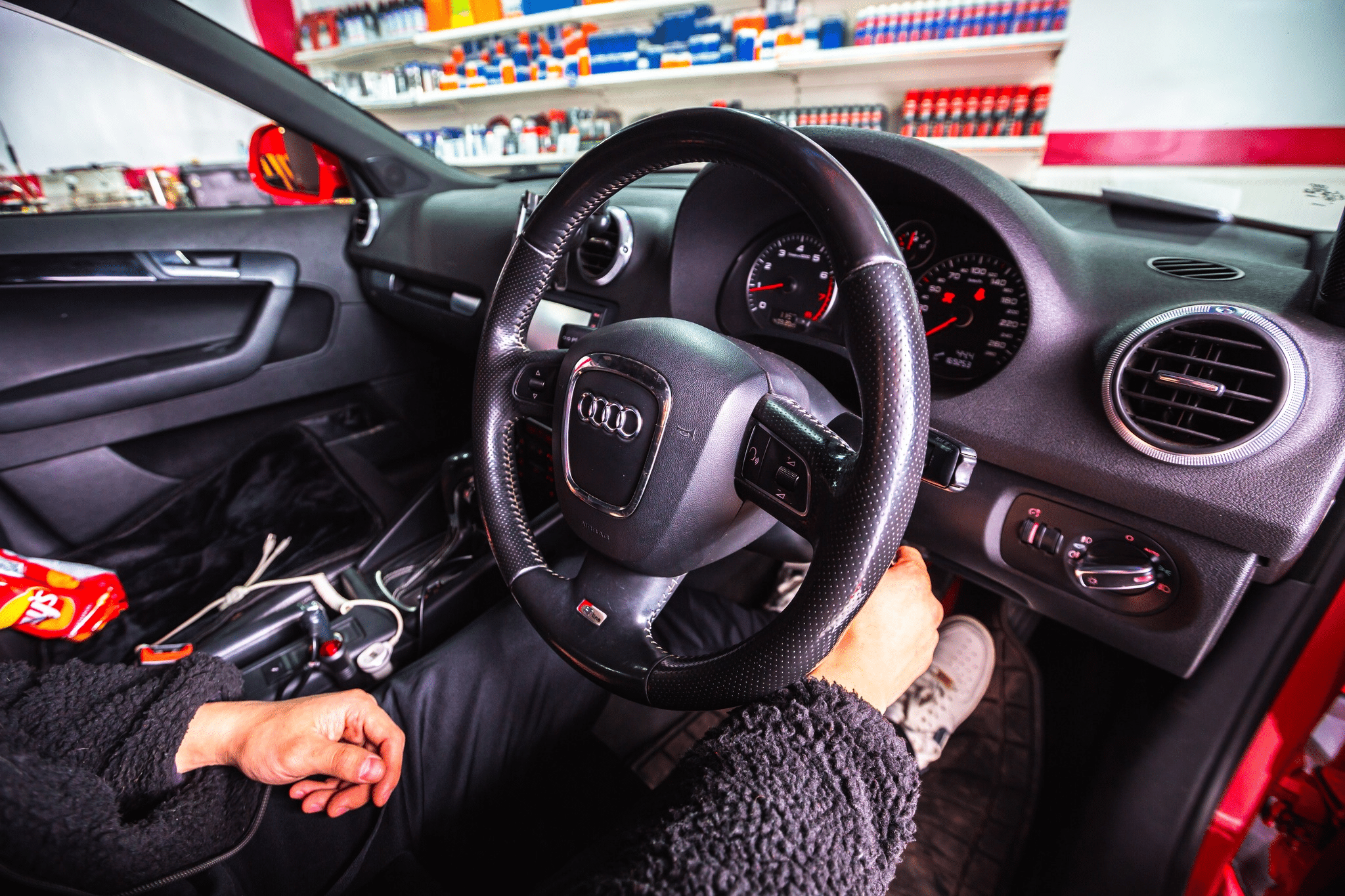
Preparing for the MOT test day involves more than just ensuring your vehicle is in top shape. Gathering the necessary documents and choosing a reputable test centre are also crucial steps in the process.
This section will guide you through the preparations for your MOT test, from gathering necessary documents to comprehending the test process itself.
Required Documents
When taking your vehicle for its MOT test, it’s essential to bring the necessary documents with you. These include your vehicle’s V5C registration document and a valid MOT certificate from the previous test.
Having these documents on hand will help ensure a smooth testing process and avoid any unnecessary delays.
Choosing a Reputable Test Centre
Selecting a trustworthy garage or local council MOT test centre for an unbiased assessment is crucial for ensuring your vehicle receives a fair and accurate evaluation. To find a reputable test centre, consider using the RAC-approved garage network or asking for personal recommendations from friends or family.
By choosing a reputable test centre, you can have confidence in the results of your MOT test and trust that any necessary repairs will be carried out to a high standard.
Understanding the Test Process
Familiarizing yourself with the MOT test procedure can help you know what to expect on the day of the test. The MOT test typically lasts 45 minutes and involves a vehicle examiner conducting an assessment of various components to determine if they comply with the applicable regulations.
By understanding the test process, you’ll be better prepared to address any issues that may arise during the test and increase your chances of passing.
Dealing with MOT Test Results

Whether your vehicle passes or fails the MOT test, it’s essential to know how to handle the results and take any necessary actions. This section will outline your options for repairs and retesting if your vehicle fails the MOT test, and the process for disputing test results should you find them incorrect.
We’ll also discuss how to reduce your car’s emissions before the MOT test using fuel additives.
Passing the MOT Test
If your vehicle passes the MOT test, you’ll receive an MOT certificate, which includes the test date and any faults or advisories.
While passing the MOT test is a significant achievement, it’s important to remember that ongoing maintenance is crucial for ensuring your vehicle remains safe and roadworthy. By staying on top of regular maintenance tasks, you can help prevent future MOT failures and keep your vehicle in peak condition.
Failing the MOT Test
If your vehicle fails the MOT test, you have several options for repairs and retesting. You can choose to:
Leave the vehicle with the garage and request them to complete the necessary repairs
Take the vehicle elsewhere for repairs and return to the original garage or test centre for a partial retest
Obtain an MOT retest at a different garage.
Whichever option you choose, it’s essential to address any faults promptly to ensure your vehicle meets the required safety and environmental standards.
Disputing MOT Test Results
If you believe your MOT test results are incorrect, you can dispute them by following a specific process. First, obtain the MOT complaint form provided by the Driver and Vehicle Standards Agency (DVSA) and complete it, then submit the completed form to the DVSA within 14 working days of the test.
The DVSA will analyze your complaint and evaluate all the evidence before reaching a decision. If your complaint is upheld, you’ll be notified of the decision made by the DVSA.
How to lower the car emissions before the MOT by using fuel additives?
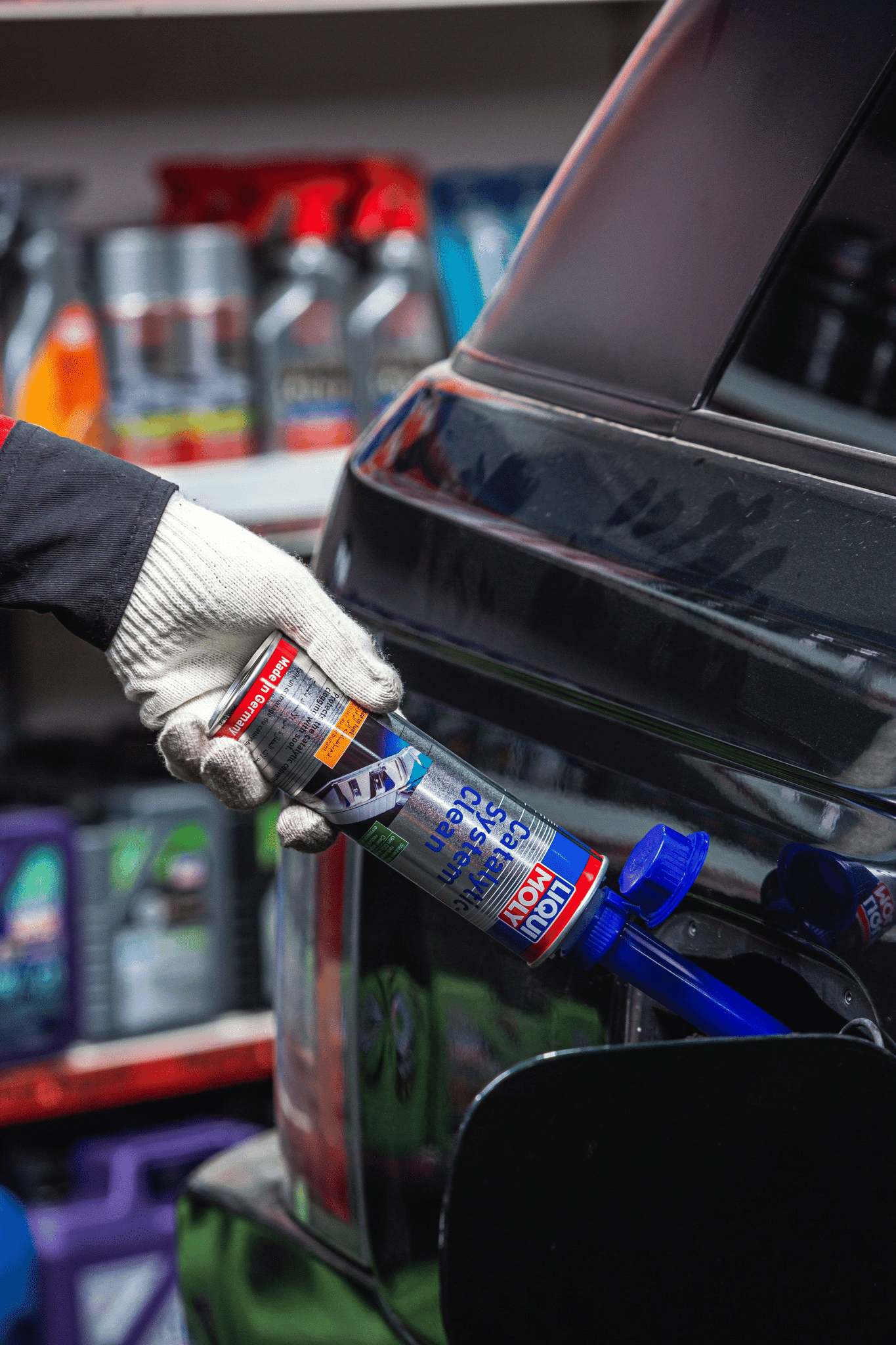
Reducing your car’s emissions before the MOT test can help you pass and contribute to a cleaner environment. One method for lowering emissions is to use fuel additives, such as a super-strength fuel system cleaner or a pre-emission test treatment.
After applying the fuel additive, take your car for a 10-15 minute drive to flush it through the engine and effectively reduce exhaust emissions.
By taking steps to lower your car’s emissions, you can increase your chances of passing the MOT test and help protect the environment.
Summary
This comprehensive guide has covered everything you need to know about preparing for and passing the MOT test. From understanding the DVLA requirements and conducting essential pre-test checks to dealing with test results and reducing your car’s emissions, you’re now well-equipped to face the MOT test with confidence. Remember, ongoing maintenance is key to ensuring your vehicle remains safe and roadworthy. By staying on top of regular maintenance tasks and addressing any faults promptly, you can help prevent future MOT failures and keep your vehicle in peak condition.
Frequently Asked Questions
What gets checked on MOT 2023?
MOT 2023 will check the vehicle’s registration plate, lamps and reflectors, brakes, tyres and road wheels, seat belts, body, structure and general items, exhaust, fuel and emissions, and driver’s view of the road.
Additionally, steering, suspension, windscreen and wipers, screen wash, seats and seatbelts, and wheels and tires must be in good condition.
Do I need any documentation for an MOT?
To take your MOT, you should bring your V5C Vehicle Registration Document if this is your car’s first MOT or it has a new registration number. Additionally, bring a payment method to cover the fee.
Consider bringing a previous MOT certificate or other documents like vehicle insurance certificate, driving license, service history, etc.
How do I pass my MOT check?
Ensure your car is clean and all its lights are working, its number plates are readable, its tires have the correct tread and pressure, its seats and seatbelts are safe, and its windscreen and wipers are in good condition to pass your MOT check.
Make sure to check all these items before your MOT test. If any of these items are not up to standard, you may fail your MOT and have to pay for repairs or replacements. Take the time to check your car thoroughly and make sure it is in the best condition possible.
Is there such a thing as a pre-MOT check?
Yes, there is such a thing as a pre-MOT check. It’s a thorough visual inspection of your car to find any faults before the official MOT test and increase your chances of passing it the first time.
This check is important because it can help you identify any issues that need to be addressed before the official test. It can also help you save money.
What is the main purpose of the MOT test?
The main purpose of the MOT test is to ensure vehicles meet minimum safety and environmental standards, promoting road safety for everyone.

